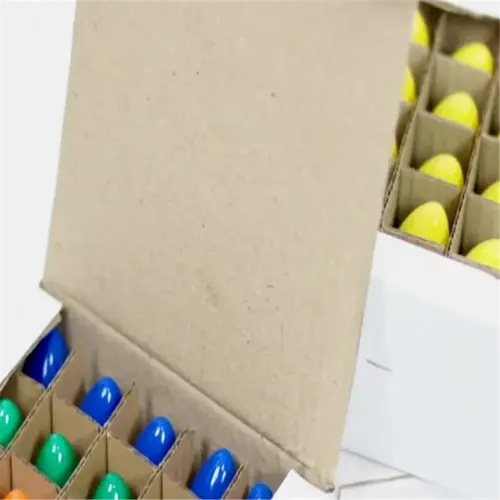How often should I test my garden soil?

Written by
Paul Reynolds
Reviewed by
Prof. Charles Hartman, Ph.D.How often you should test your soil will vary according to what you are growing and how you are managing your garden to achieve the best possible outcome. I illustrated this quite well in my first vegetable patch, which failed when I tested only once and did not follow up. After two years, the pH went from 6.5 to 7.8, and all the iron was locked out of the plants. Heavy feeders or nutrient-hungry plants like tomatoes should be tested every year, while an established shrub might wait three years.
When to Test Annually
- Gardens with tomatoes, corn, or cabbage
- Lawns using synthetic fertilizers
- Areas with recurring pest issues
Amendment Tracking Tools
- Digital journals (note dates/types of compost/lime)
- Spreadsheets linking rainfall to pH changes
- Mobile apps with photo logs of plant responses
Test needs vary with changes in regional rainfalls. Accordingly, all of my clients in the Pacific Northwest conduct testing in the fall, and heavy rains will leach calcium. In arid climates, salts of all types will accumulate faster. I had a client in Texas that reached toxic sodium levels (3.1 mhos/cm) in only 18 months. Test after any extreme weather, even if you're scheduled to wait.
Unforeseen plant problem outranked any calendar with a due date. Leaves are yellowing, growth is stunted. Test it now. Last summer, a client's beans were showing a deficiency of nitrogen. Their test result was 4.9 pH. The beans were not deficient in nitrogen, they were simply too acidic. Once we fixed the acidity, with no additional fertilizer, the beans did just fine. It is a good practice to test 6 weeks after major amendments.
Document everything. My five-year log of pH measurements indicated a slow increase in pH from overusing wood ash. I now test pH every 2 years but use DIY strips to monitor at 3-month intervals. Extension service kits for free help those of you gardening on a budget, including the Oregon State program which saved me $200 last year.
Read the full article: How to Test Soil: 7 Essential Steps for Healthy Gardens

